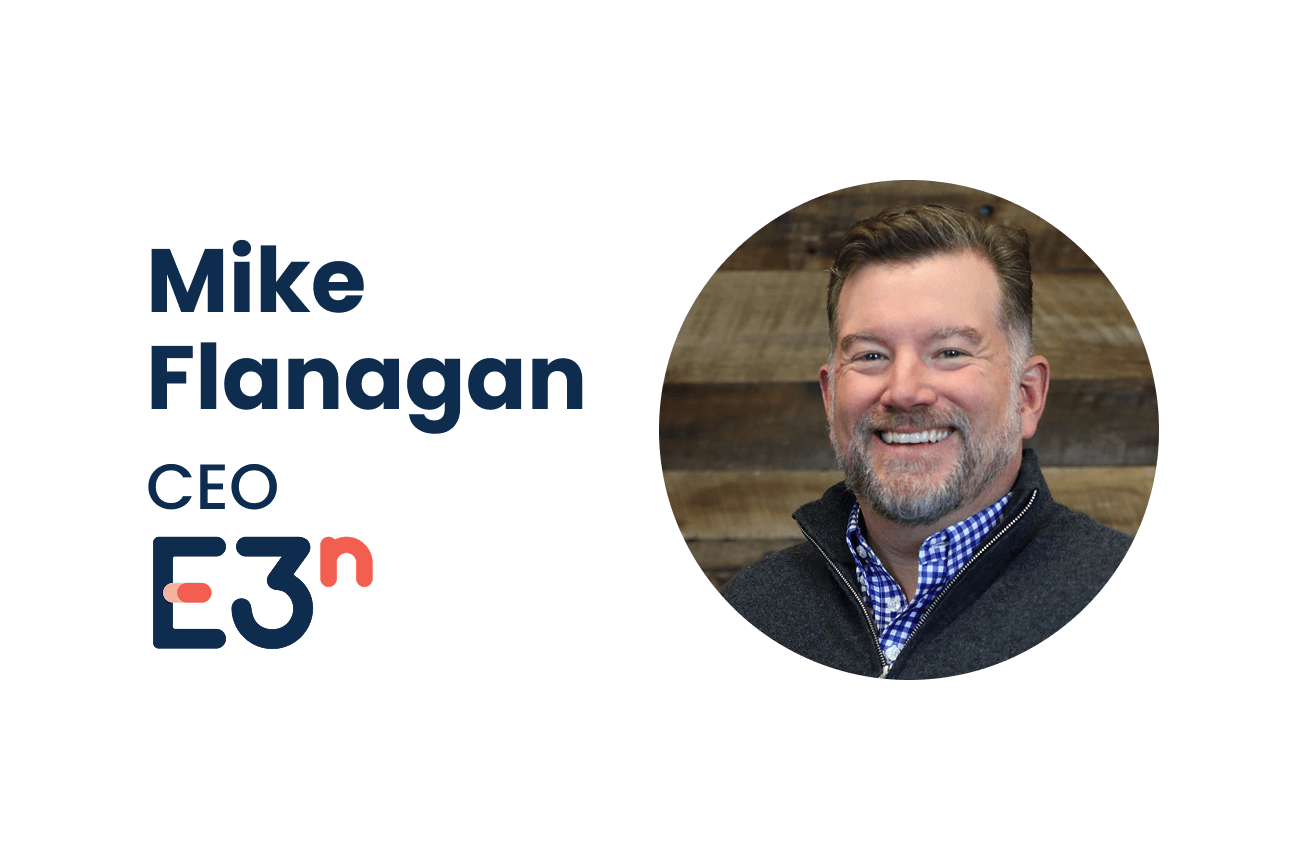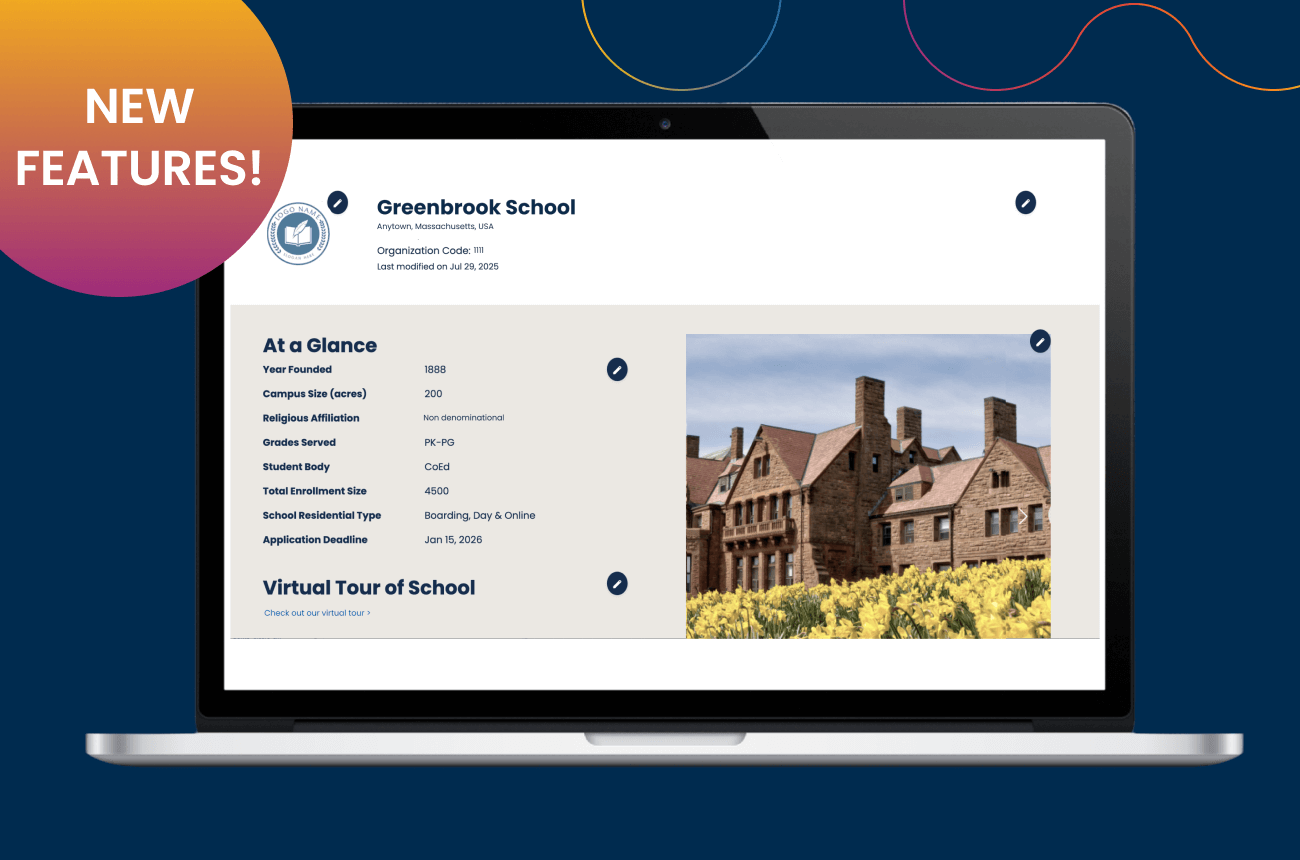Advice from a Road Warrior

Ins and Outs of International Student Recruitment
by Joshua D. Clark, Director of Admissions, Hawaii Preparatory Academy
Hawaii Preparatory Academy (HPA) is a K-PG school on Hawaii’s Big Island. HPA currently enrolls 211 day students and 178 boarding students; 90 are classified as international students (approximately 40% of our total boarding school population). HPA’s signature environmental science programs draw students from all over the world. At present, 26 nations are represented in our student body, and we enroll about 20-30 new international students each year (F-1 visa holders only). Like most schools, East Asia is our strongest market. We have more than a dozen students each from Japan and China. We have about a dozen from Korea and Taiwan, and our next largest sending country is Germany.
We do offer financial aid to international students, but it is limited. We find it is necessary to remain competitive in new markets. There are many families who send their children to the U.S. in exchange programs or use a homestay, because that is all they can afford. Many of those students would be excellent candidates for a boarding school, and we are willing to see if we can make it work for a few of them through financial aid.
Over the years, we have deliberately decreased the numbers of students per country we admit (at least the countries from which we had a large population) and increased the number of countries represented, with an eye towards diversification. We have made incremental shifts, and our goal is that every country must represent less than 10% of our boarding population. Our busiest travel time is in the fall, but we will typically travel for about a month in the spring, since some countries do not operate on the American boarding school application calendar and produce more applicants in the spring than the fall.
Why Travel?
It is possible to get international students without traveling. However, it is much more difficult to have a diverse international population or a consistent and steady pipeline of quality students without it. Armchair recruiting is certainly a smart way to go if you have little to no international recruitment budget. However, building a robust international admission program that provides consistency in student quality and yield requires travel.
Recently, two other staffers in my office have started to travel in order to expand and extend what we are able to accomplish globally. My colleague Tiare Police typically helps with Latin America, South America, and Europe. Mike Donnelly helps with Asia and the Middle East. I still travel extensively to maintain relationships in established markets and to determine whether we should invest time and money in a new country.
Our travel budget is around $150,000, but we are working to incrementally increase that amount each year. Our location requires more flights, and so we need a larger travel budget than the average mainland school. I also see a lot of schools that travel to key countries a couple of times a year, but I just have not had the budget to pull that off yet.
In order to make the best use of our travel dollars, we group countries according to past performance and plan accordingly:
- The Steady Pipelines: These countries require visits to maintain relationships but not to increase numbers of students.
- Open & Ready for Business: These countries require further travel and development to increase numbers. The goal is to convert these countries into the steady pipelines.
- New Frontiers: These countries represent new markets, or older markets that we have closed for a while, and we make scouting trips to understand the potential.
Next, we rank the countries based on our strategic priorities and the yield from past trips. Finally, we start putting the countries together like a puzzle to see how we can travel as productively and cost-effectively as possible. We always have more places we would like to go than is possible, so going through this process helps evaluate the effectiveness of our travel based on goals and available resources.
Where to Go
Most countries that produce boarding students have three things in common: 1) They are pro-U.S. education; 2) Their economy is strong enough to support more than just a handful of elites; and 3) Their culture is open to having children go abroad at a younger age. There are only a few countries that fulfill all three criteria, mostly in East Asia. This is why most schools get the bulk of their international students from China, Japan, Korea, and Taiwan. Therefore, when looking at new markets, the key is to determine the potential obstacles so when you do travel, you know what to say to help change a parent’s perception.
A large part of our travel decisions are based on relationships. If we have strong connections with school counselors, consultants or agents, parents and alumni, etc., then we are likely going to go to a market much more often, because we want to build those relationships. If we are in a market where we have worked hard at building relationships with potential key players, but it has not gelled, we will back off until we can find the right person. In admission, what you are able to accomplish by your own effort is limited to the time you have spent on the ground in the country, and then any follow-up you can do with those families. Whether you are armchair recruiting or going to the country in person, it is crucial to build relationships with key players who can sustain the momentum you have built, year round.
Finally, schools looking to open a new market must take the long view. I am surprised by the number of times I talk to a person who travels to a new country or joins a tour for the first time, and then decides it is a waste of time because they did not get any kids for the fall. Educating your network and the community in general takes time, but the investment can produce reliable results if done well. You just need a few evangelists for your school to see long-term success. Then, the key is to sustain and reinforce that relationship through frequent visits and follow-up.
Who to See
Besides meeting with families of current students, alumni, and prospective students, there are a number of other people and places to consider. When visiting countries, we provide school literature to the family liaison and public affairs officers at the local U.S. Embassy. Sometimes we will work with U.S. Commercial Services and use their “Gold Key” service in very specific countries and markets. We have talked to human resources staff in large multinational corporations to provide information for their employees moving in or out of the country. Every chance we get, we try to visit schools and hope to speak to counselors and students.
We also work with both consultants and agents, so we spend time visiting with many to determine who we are willing to work with and who is not a good fit for us. In trying to determine this fit, you must understand the business model the agent is using. In some countries, agents do not charge the family, and their only source of income is school commissions. Other agencies charge the family for their services, and the placement at your school requires no commission (consultant model). There are others who have a hybrid approach, and the amounts they charge both the family and the school vary. Make sure you understand the model and then decide with whom you are willing to work. If you are willing to work with agents, have a standard agreement that covers all aspects of your business relationship, including commissions. You should also endeavor to build more than a transactional relationship with agents. I have found that most have a stable of schools in which they place the majority of their students. My goal is to get my school on that short list, and helping them understand the opportunities and advantages of sending a student to my school should be made clear.
I find that fairs can produce a lucky enrollment or two, but they should not be the backbone of a recruiting strategy. I go to fairs to supplement the other work I do in an area. Tours can also be effective, but you should also plan on doing as much of your own work as possible. There are some great fairs and tours out there, and we have seen a lot of success from some of them; however, I have also seen many that are a waste of time and money. I look for organizations that have been in the business for a while, value education, and are looking to place students at great schools—not just make money.
Doing Your Homework
One of the biggest challenges to enrolling right-fit students is evaluating the academic credentials of international applicants. To do so requires that you understand the educational systems of your sending countries. We mainly use NAFSA’s Online Guide to Educational Systems Around the World. We have looked at World Education Services, an expert credential evaluation service, but have not made the investment yet. I have also heard of people using Classbase, a free country education database.
Building a sustainable and fruitful international admission program also requires making the right investments at home. Any international strategy should begin with a long-term approach (three to five years) for allocating human and financial resources. And, since a sustainable program is built on relationships, I believe that senior members of the office need to be the ones traveling. Finally, I cannot overemphasize the need to work with your head of school to determine enrollment goals and set some realistic expectations. It helps to have someone who understands and supports your efforts, rather than always having to justify what you are doing and where you are going.




